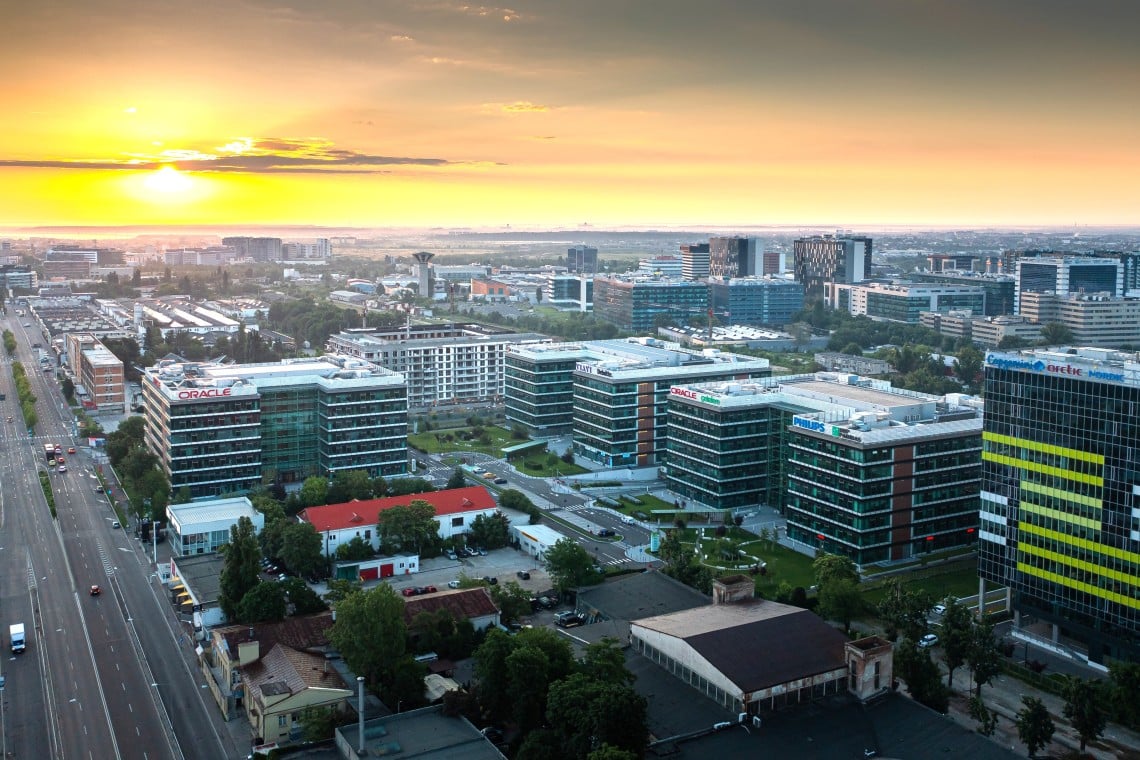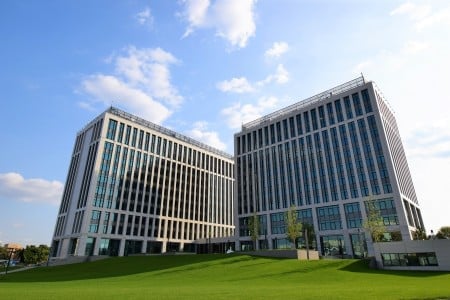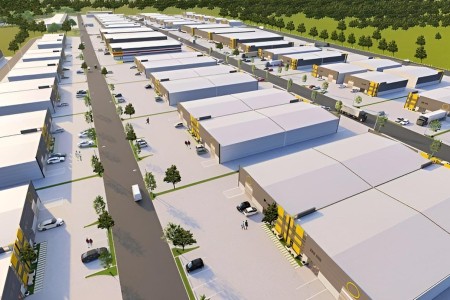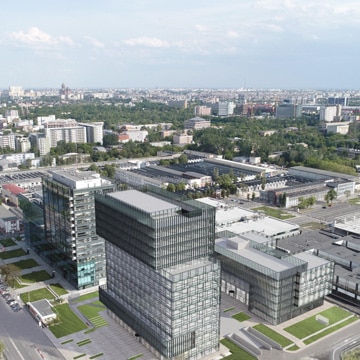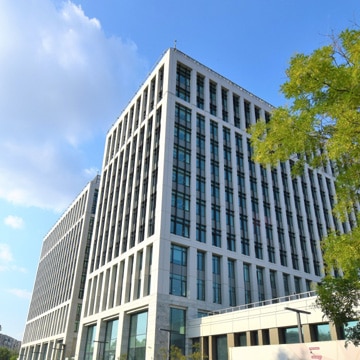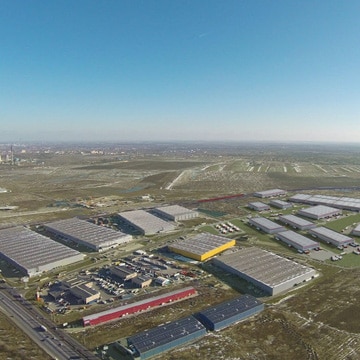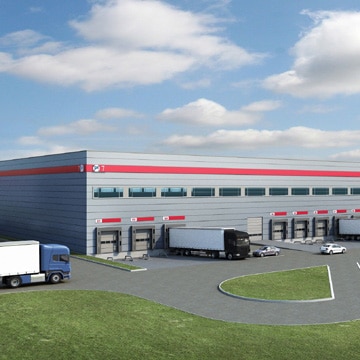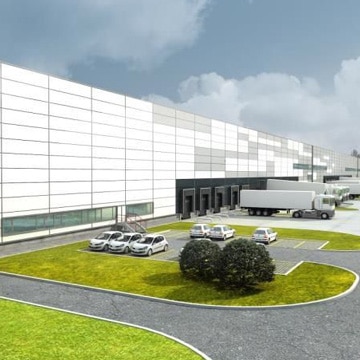After two decades spent guiding investors and end users through the complexities of Romania’s office real estate market, we can say with certainty that purchasing an office building is never a simple transaction. It is a multi-layered process, filled with unique challenges and nuanced decision points. Over the years, we have seen how the Bucharest office market, from large corporate developments to boutique properties, offers distinct opportunities, yet always requires careful navigation.
The mission of the ESOP team, built on extensive experience, rigorous analysis, and in-depth knowledge of actual market prices, is to transform this complex process into a clear, efficient, and results-oriented journey.
In our view, success starts with a clear definition of objectives, because priorities differ fundamentally.
If you are an Investor (Financial Buyer), your focus will be on stability – long-term leases with strong anchor tenants, attractive yields, and strict monitoring of the Net Operating Income (NOI). Valuation will rely on key financial indicators such as the Capitalization Rate (Yield) and the Internal Rate of Return (IRR).
On the other hand, if you are an End User (Owner-Occupier), the essential considerations are the representativeness of your headquarters, alignment with your corporate culture, and long-term control over occupancy costs. Defining this profile correctly from the start, whether you are focused on capital appreciation or on strategic ownership, dictates how we will filter available properties and negotiate the deal structure.
Once the profile is set, the next critical stage is risk mitigation through Due Diligence, a standard and indispensable practice in Romanian real estate transactions. Experience has shown us that a specialized real estate consultant is a key filter, saving valuable time by eliminating properties that don’t meet the buyer’s requirements. From Legal Due Diligence, which ensures that ownership titles align with the physical property and Land Registry (CF) records, to Technical and Urbanism Due Diligence, which assesses capital expenditure (CapEx) needed to bring critical systems (such as HVAC) up to Class A standards, every step is vital.
A detailed approach, especially for niche segments like converted buildings or villas adapted for office use (where technical and urban risks can be significant), is essential for making an informed and well-grounded decision.
Investor vs. End User
Each of these two buyer profiles on the office market has distinct business goals and needs. The earlier these objectives are clarified, the more efficient the search, selection, negotiation, and acquisition process will be.
1. The Investor (Financial Buyer). Primarily seeks stability and yield. Focus is placed on long-term leases (with strong anchor tenants), the property’s location in areas with potential for capital appreciation, and an attractive yield. The stability of cash flow (NOI) is crucial.
2. The End User (Owner-Occupier). Main concerns include corporate image, alignment with company culture, and long-term cost control. Preferred areas tend to be those that are strategically located, highly active, or show strong growth potential. For these buyers, fit-out flexibility and the opportunity cost of ownership versus leasing are key decision factors.
Key Investment Indicators for Office Buildings
1. Capitalization Rate (Yield / Cap Rate)
For financial investors, performance evaluation is based on rigorous indicators. The Cap Rate remains a benchmark of stability, expressing the relationship between Net Operating Income (NOI) and the acquisition price.
2. Internal Rate of Return (IRR)
Another essential indicator, especially for private equity investment funds. Although yields on the office market may vary, investors typically target aggressive growth returns, carefully assessing capital appreciation potential.
3. Tenant Mix and Cash Flow Volatility
Increasing landlord flexibility to attract smaller tenants directly impacts property management. Managing a portfolio of small tenants is more complex and costly than managing one anchor tenant. This complexity translates into greater NOI volatility and higher tenant turnover risk, which must be carefully factored into the financial analysis.
Critical Stages in the Office Acquisition Process
1. Preliminary Phase: From Mandate to Initial Selection
Clearly defining the office class (A, B, or C) and target areas (e.g., Center-West or Floreasca–Barbu Văcărescu) is the first step.
At this stage, technical terms such as Gross Leasable Area (GLA), Efficiency Ratio, and Tenant Mix are used to filter the market efficiently.
A real estate consultant plays a crucial role here by screening both on-market and off-market offers, presenting only the properties that match the buyer’s requirements, saving valuable time.
2. Valuation and Financial Analysis
Proper asset valuation typically relies on three main approaches:
• Income Approach: Essential for most office buildings, this method is based on the Net Present Value (NPV) of future NOI cash flows, factoring in vacancy risk and tenant stability.
• Market (Comparable) Approach: Commonly used for smaller properties (villas or boutique buildings) where enough recent comparable transactions exist to establish fair market value.
• Cost Approach: Relevant for new buildings or properties requiring major redevelopment. This method considers the estimated replacement cost, answering the question: “If you had to rebuild this property, how much would it cost?” It factors in land value, construction costs, development time, and regulatory risks.
Beyond the asset valuation itself, buyers should perform a detailed tenant analysis, verifying financial strength and key lease clauses (duration, annual CPI adjustments, etc.), which determine cash flow stability.
3. Integrated Due Diligence: Ensuring Transaction Safety
Due Diligence is a standard and indispensable practice in Romania for complex real estate transactions. This stage uncovers hidden risks that could affect the property’s use or future value.
• Legal Due Diligence (Legal DD)
The legal review confirms ownership title and identifies any encumbrances or pending litigation. It’s crucial to ensure alignment between the building’s physical condition, cadastral documentation, and Land Registry (CF) registration.
For buildings that underwent a change of use, this verification is essential: any change must be properly recorded in the Land Registry based on updated cadastral documentation after construction works are completed. Failure to comply can block future sale or financing.
• Technical and Urbanism Due Diligence
Urbanism verification ensures compliance with local regulations, including the General Urban Plan (PUG), Zonal Urban Plan (PUZ), and Local Urban Regulation (RLU). Compliance is vital to guarantee current use and to enable future expansion or modification plans.
Technical assessment (Building Audit) reviews the building’s structural integrity, façade condition, and critical systems such as HVAC and electrical installations. For modern or converted buildings, compliance with current technical and energy efficiency standards is mandatory.
A building that fails to meet energy and ventilation standards cannot obtain or maintain modern certifications (e.g., Green Building, BREEAM), which limits its attractiveness to medium and large corporate tenants. The technical DD must quantify CapEx costs required to bring the property up to Class A standards.
4. Negotiation and Deal Closing
The final phase involves price negotiation, often adjusted based on issues identified during Due Diligence (e.g., costs for technical remediation or urban planning compliance). Consultants play a key role at this stage, as their market knowledge and negotiation expertise help both parties reach a fair and actionable price that facilitates transaction closure.
Detailed Analysis of Commercial Property Types
The Bucharest office market is highly heterogeneous, with each segment presenting distinct challenges and opportunities.
• Large Office Buildings (Corporate Class A/B)
These are major developments, typically over 10,000 sqm of GLA, with complex ownership and professional property management.
The main investment risk is dependency on anchor tenants – the departure of a major tenant can significantly increase the vacancy rate.
Investors should focus on analyzing operating costs (Service Charge) and energy efficiency, both essential to maintain long-term competitiveness.
• Boutique Office Buildings
Boutique buildings are medium or small-scale (under 10,000 sqm) but stand out for their prime locations and distinct identity.
They offer high representativeness and attract tenants with specific profiles: IT companies, financial services firms, or international representative offices. Rents in this segment are typically above average.
The main risk for investors here is not rental market fluctuation (which remains stable and premium) but urban planning constraints.
These properties are often located in protected zones where PUG and RLU regulations are highly restrictive. Any plan for expansion, additional floors, or major alterations is often blocked by protection laws.
• Converted Buildings
Converting industrial, retail, or other types of properties into office space can produce unique results: large open spaces and generous ceiling heights, but also brings significant legal and technical challenges.
Legal Challenges: Change of use is mandatory. After conversion, the new property status must be registered in the Land Registry (CF) with updated cadastral documentation. Failure to complete this legal step can compromise future sales or financing opportunities.
Technical Challenges: Converted buildings require substantial investment to meet modern office comfort standards. This includes updating HVAC, electrical, and fire safety (PSI) systems. For example, HVAC systems must comply with current technical regulations, and all conformity declarations must be recorded in the building’s Technical Book. Hidden upgrade costs can significantly reduce the projected investment return.
• Villas Adapted for Office Use
Villas offer high representativeness, a unique atmosphere, and typically lower service charges. They are ideal for small firms, boutique companies, or owner-occupiers who value individuality and charm.
However, there are drawbacks – mainly functionality and urban planning restrictions:
Functionality: Villas often have low space efficiency (lost space in hallways, thick walls) and major access or parking issues, especially in crowded central areas.
Urban Planning and Conservation:
Many villas are subject to strict heritage protection, requiring permits from the Ministry of Culture and compliance with RLU restrictions. These limitations severely restrict any structural intervention or extension possibilities.
The Added Value of Professional Consulting
Why work with a specialized real estate consultant?
Purchasing an office building is a multi-layered process with inherent risks. The expertise of a professional consultant delivers benefits that far outweigh the service fee.
Time Efficiency: The consultant acts as an essential filter, identifying properties that match your profile and eliminating those that don’t, saving considerable time and effort.
Market Knowledge and Negotiation Expertise: An experienced consultant understands true market pricing and applies effective negotiation strategies, achieving better terms and facilitating a fair, mutually beneficial agreement.
ESOP Consulting – Your Trusted Partner in Real Estate Investments
Scanning the market for office buildings for sale can be a complex endeavor. With the right support, however, it becomes a clear and efficient experience. At ESOP Consulting, we transform this process into a strategic journey, guided by experience, analytical precision, and deep market insight.
We provide comprehensive support at every stage of the acquisition process, from defining your investment profile, through financial analysis, to transaction completion. Our expertise covers the entire office market spectrum, from large corporate buildings to boutique properties with distinct character, as well as villas converted for office use.
Selected ESOP Portfolio Highlights
Our results speak best for how we work. Some of the key transactions we’ve managed include:
Casa Moșilor – a medium-sized, centrally located office building with a total area of 3,500 sqm.
Astoria Business Center – a landmark boutique office property in the Romană area, with 4,200 sqm of usable space, representing a premium boutique success story.
CSDA Siriului – a transaction confirming our expertise in Bucharest’s northern office development zones.
Dr. Leahu Clinic Headquarters (Nicolae Caramfil) – a complex Owner-Occupier project involving adaptive conversion and advanced technical due diligence.
For investors and end users seeking well-informed, data-driven decisions, ESOP Consulting provides the right framework for a strong, results-oriented partnership.
We invite you to contact us to explore current office space investment opportunities in Bucharest and beyond.
Please contact the ESOP team by filling this brief form, or by phone (+4) 0723.26.61.97 or (+4) 021.528.04.40. We’ll promptly answer your inquiry!
